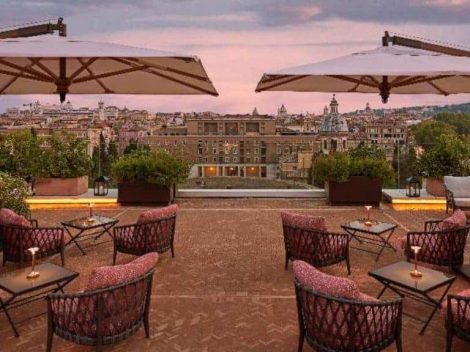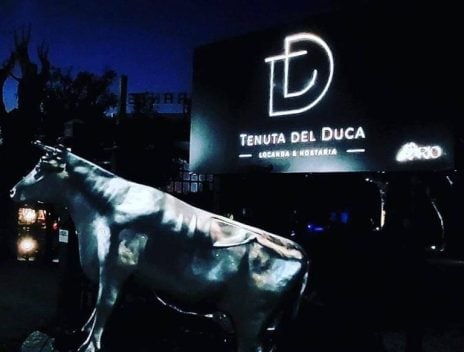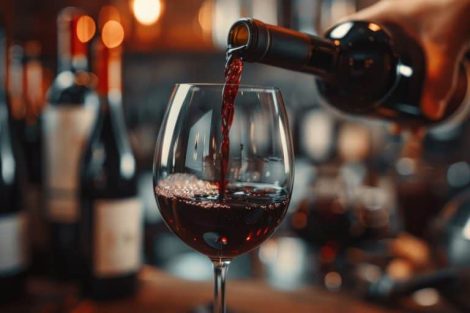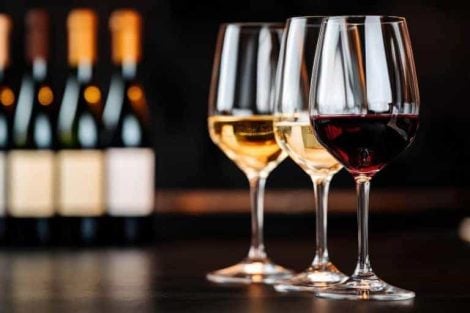As we have previously highlighted when discussing the best Primitivo di Manduria, territorial identity and typicity are crucial in maintaining the prestige and value of Puglia’s vineyards. Despite ongoing challenges in the region, the results are evident when wineries focus on quality rather than mass production. Just look at the 26 wines awarded in the Gambero Rosso Vini d’Italia 2025 guide (including three wineries receiving Tre Bicchieri for the first time) compared to a few years ago.
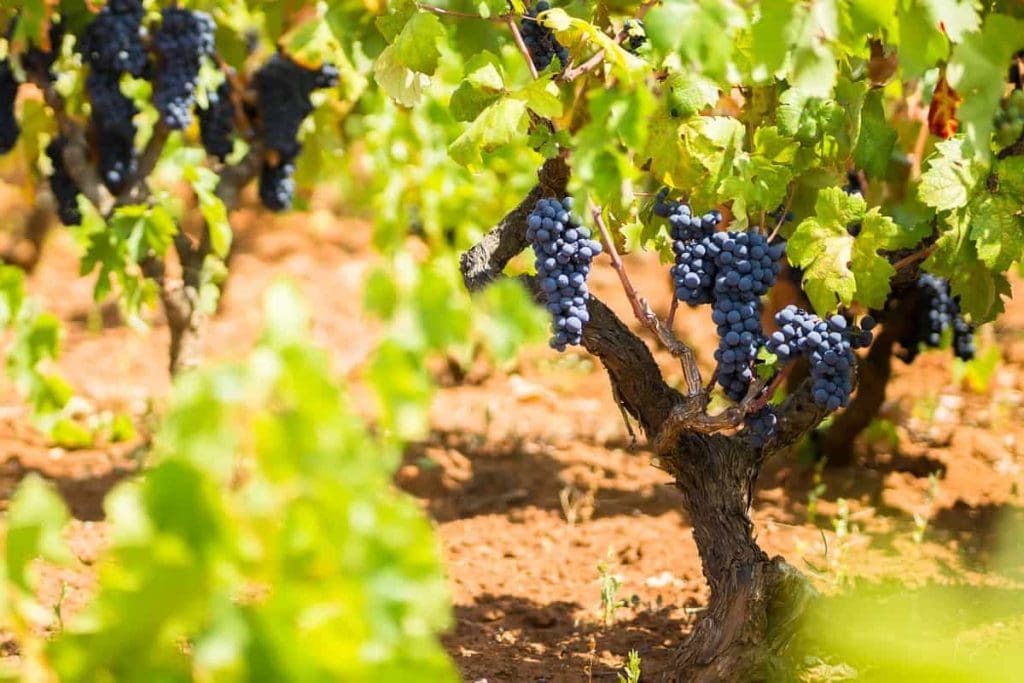
Here, we focus on the other most widespread native black grape variety in Puglia, alongside primitivo: negroamaro, which is present in high percentages in most of the region’s red and rosé wines, including those of the Salice Salentino DOC.
The Salice Salentino DOC: history and characteristics of its wines
The Salice Salentino DOC, established in 1976, initially included only the “Rosso” (also in Riserva form), which remains the most renowned. These are high-quality wines made predominantly from negroamaro grapes, sometimes blended with 10-20% malvasia nera, either brindisina or leccese. Over time, the DOC expanded to include:
- Rosato, with the same blend as the Rosso
- Bianco, featuring grapes such as chardonnay, sauvignon, trebbiano toscano, garganega, and malvasia bianca
- Salice Salentino Negroamaro
- Salice Salentino Negroamaro Rosato
- Salice Salentino Pinot Bianco
- Salice Salentino Fiano
- Salice Salentino Chardonnay
- Salice Salentino Aleatico
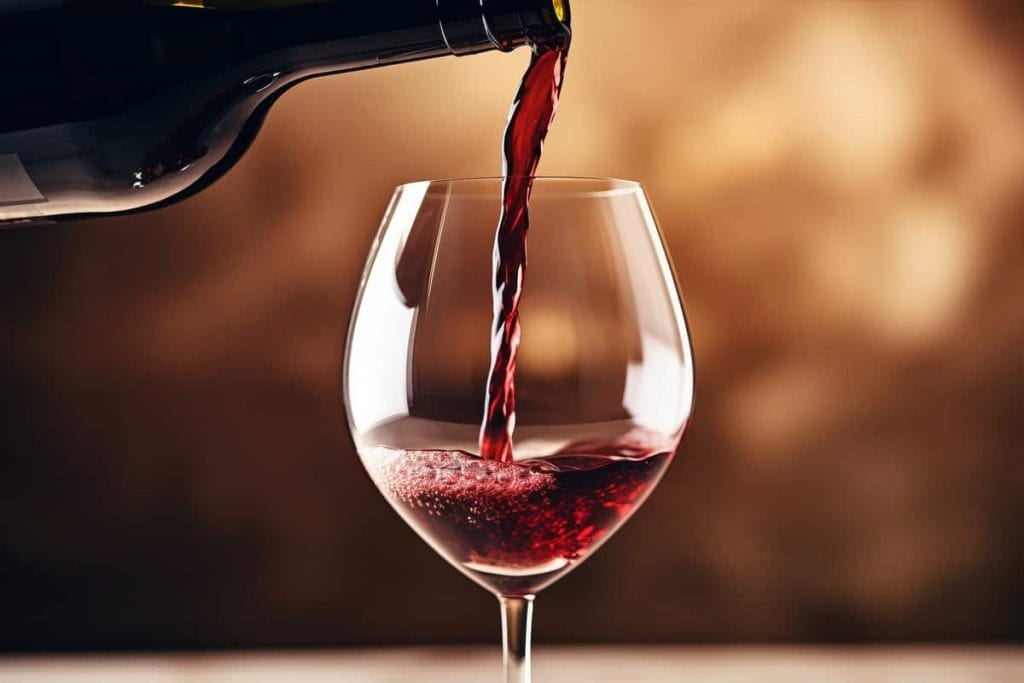
The Rosso pairs well with pasta dishes, roast meats, oven-baked lamb and goat, and medium-aged spicy cheeses. The Riserva is ideal for braised meats, red meat roasts, and well-aged cheeses. The Rosato is an all-round dining wine, excellent with cold cuts, white meats, and mild cheeses.
Negroamaro accounts for 80% of Puglia’s red and rosé wines. Likely introduced to the Ionian coast by the Greeks, it is most widely cultivated in Lecce, Brindisi, and Taranto provinces. The grape is high-yielding and resistant, adapting well to dry soils and hot climates. It produces a deep garnet-red wine, full-bodied, round, with a characteristic bitter aftertaste. When blended with malvasia nera and vinified as a rosé, it creates a refined, fruity, and vibrant wine with a delicate aroma.
Alezio, Brindisi, Copertino, Leverano, Matino, Nardò, Cerignola, Salice Salentino, and Squinzano are the main DOC areas where negroamaro plays a key role in producing wines of great finesse and elegance, while maintaining a warm, fruity character suited for ageing.
The Salice Salentino wines awarded Tre Bicchieri and Due Bicchieri Rossi
Here are the Salice Salentino wines that received the highest accolade, Tre Bicchieri, or Due Bicchieri Rossi for reaching the final tastings in the Gambero Rosso Vini d’Italia 2025 guide.
Salice Salentino Rosso Cantalupi Ris. 2022 - Conti Zecca
Salice Salentino Rosso Selvarossa Ris. 2021 - Cantine Due Palme
On the nose, ripe black fruits, Mediterranean scrub, and undergrowth; on the palate, crisp fruit, good structure, juicy, with a fresh, pleasant finish. Cantine Due Palme has 1,000 member growers cultivating vineyards across Brindisi, Taranto, and Lecce provinces. 40% of the vineyards use the alberello pugliese system, and 90% are red grapes. Their wines reflect a balance between tradition and modern winemaking styles.
Salice Salentino Le Pitre 2022 - Mottura Vini del Salento
Notes of undergrowth and black cherry, succulent, with a well-sustained acidity in the finish. Barbara Mottura runs the family winery in Tuglie, managing vineyards in Cellino San Marco, Campi Salentina, Salice Salentino, and Squinzano. The calcareous-clay soils are topped with red earth and feature 60-year-old alberello vines, producing classic Salento wines that respect the terroir.
Salice Salentino Negroamaro Per lui Ris.2019 - Leone de Castris
Well-defined, rich in fruit with impressive volume. Leone de Castris owns vineyards in Salice Salentino, Campi, Guagnano, and Gioia del Colle. Half of their vines are trained as alberello, cultivating both traditional and international varieties. Their diverse range spans from fruit-forward wines to complex, age-worthy selections, with this year’s top wine coming from their Gioia del Colle estate.
Salice Salentino Rosso Anticaia Ris. 2020 - Cantina San Donaci
Aromas of wild black fruits and undergrowth, with a fruit-rich, juicy, and immediate palate. Cantina San Donaci has over 300 members cultivating 320 hectares in the historic Salice Salentino area, mostly on calcareous-clay soils with alberello vines.
Salice Salentino Rosso Falco Nero Ris. 2021 - Cantine De Falco
Nose of black fruits, sweet spices, and Mediterranean scrub; well-structured palate, good volume, long and pleasant. Cantine De Falco, founded in 1949, is based in the heart of Salento, particularly in the Salice Salentino and Squinzano DOCs. Their vineyards are mainly alberello-trained and cultivate negroamaro, malvasia nera, and primitivo, producing modern wines that reflect the territory.
Salice Salentino Rosso Puteus Ris. 2019 - Mocavero
Aromas of black fruits and Mediterranean scrub, succulent, with good tension and length.
These seven Salice Salentino wines exemplify the strength of negroamaro, the commitment of Puglian wineries to quality, and the continued success of a historic denomination.


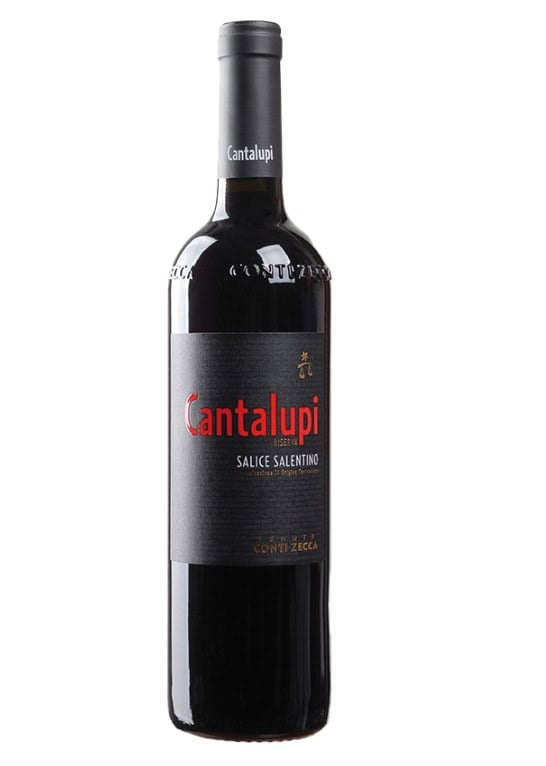
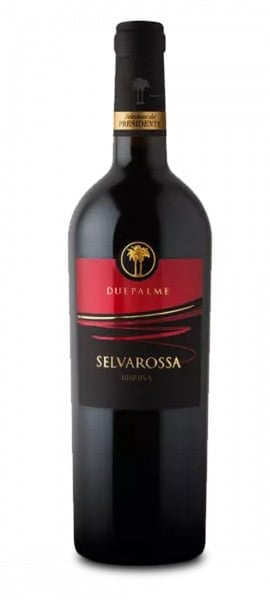
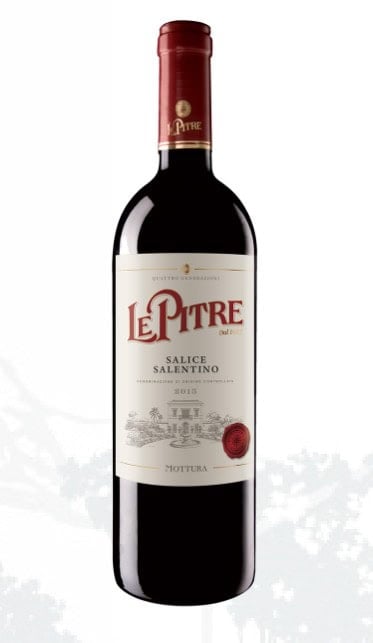
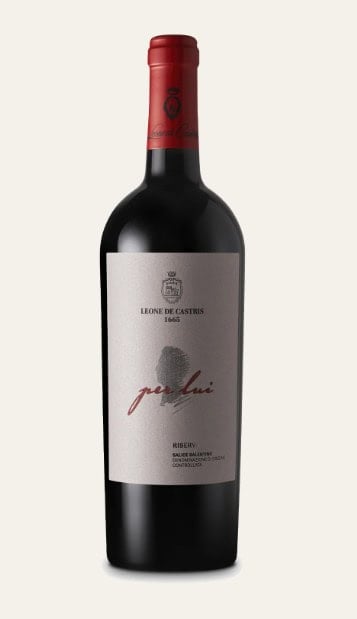
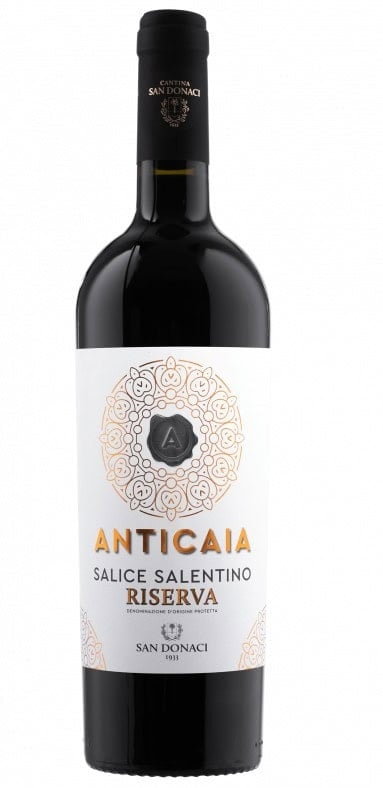
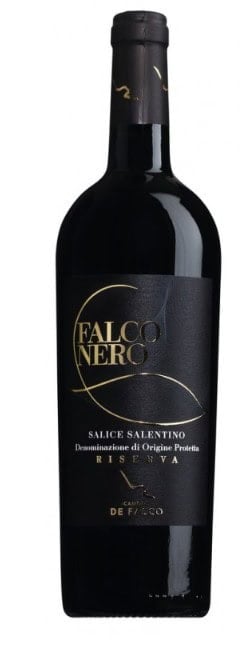
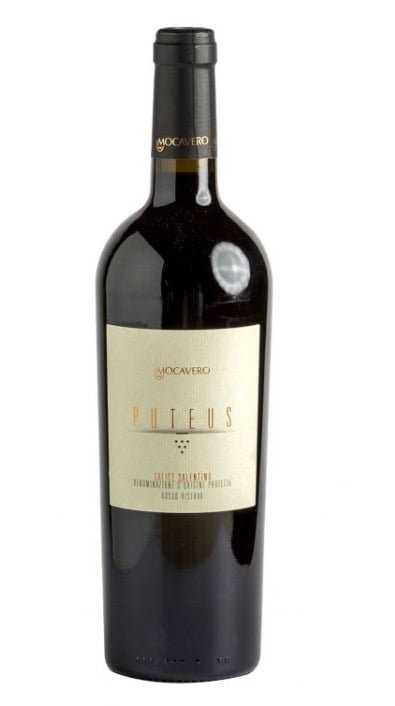
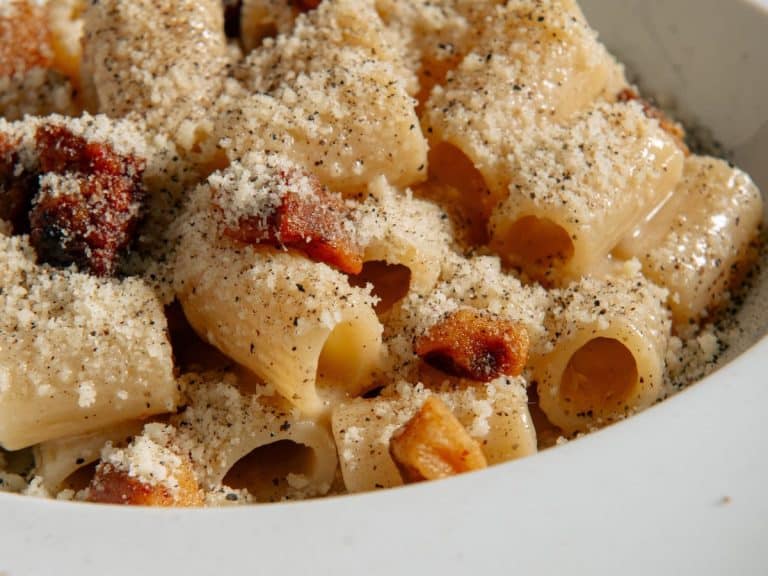 One of the best Carbonaras in Rome is made by a trattoria that offers more than just traditional cuisine
One of the best Carbonaras in Rome is made by a trattoria that offers more than just traditional cuisine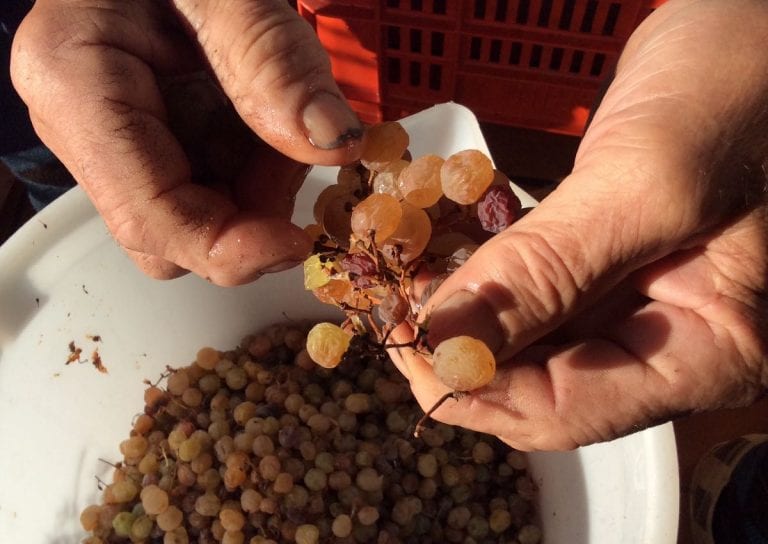 How Passito di Pantelleria is made
How Passito di Pantelleria is made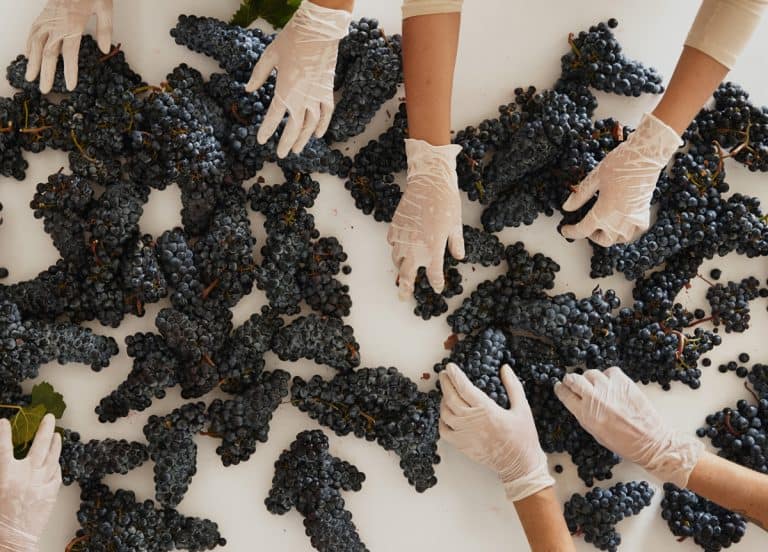 The second life of Tuscan Merlot: the wine successfully challenging climate change
The second life of Tuscan Merlot: the wine successfully challenging climate change The best still wine from Alto Adige with the best quality-price ratio is produced by a historic winery famous for Its sparkling wines
The best still wine from Alto Adige with the best quality-price ratio is produced by a historic winery famous for Its sparkling wines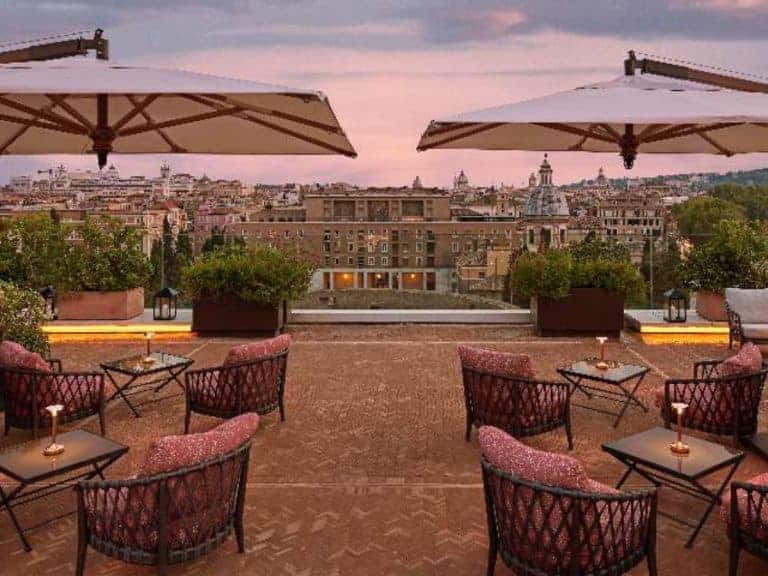 Travel + Leisure bets on Italy: introducing the new magazine for curious travellers
Travel + Leisure bets on Italy: introducing the new magazine for curious travellers